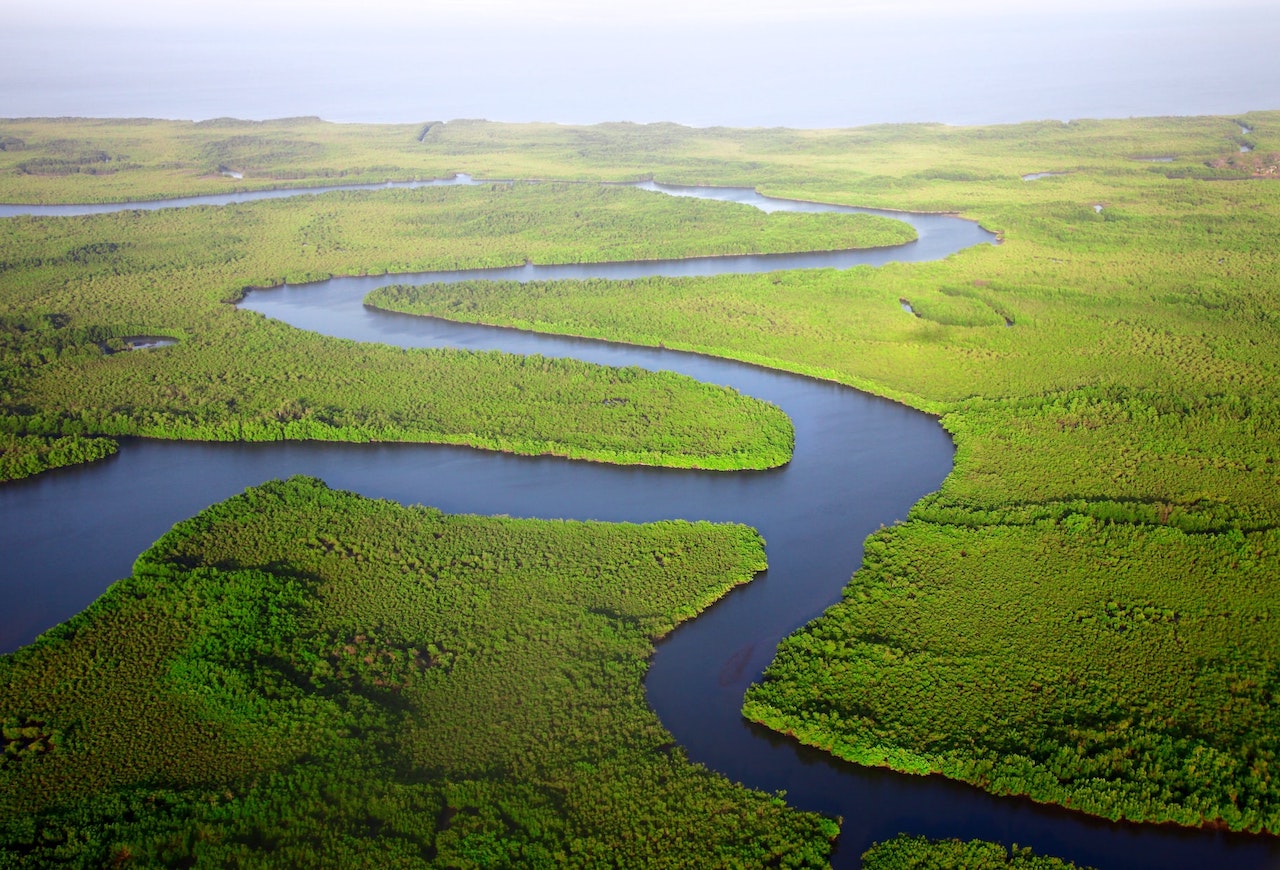The initiative aims to change the financial sector’s perception of water: not as an isolated sector but as an entry-point for multi-sector, local and regional impact investment opportunities.

Financial markets normally work well for individual states and big companies, but rarely enable transboundary and multi-sectoral investments. The Blue Peace Initiative is aiming to change that.
The Gambia River Basin Development Organisation will be the first multi-country water organisation to get direct access to the capital markets through a bond issuance.
This week’s UN 2023 Water Conference (22-24 March) in New York is the first UN conference on freshwater in decades. It will serve as a crucial mid-term review of the Water Action Decade (2018-28).
Later this year, COP28 in the UAE is also expected to put the water crisis at centre-stage. It seems global leaders have finally started putting water at the top of the agenda.
Against this backdrop, new programmes to tackle the water crisis are being developed. One of the most interesting is the UN Capital Development Fund (UNCDF)’s Blue Peace Financing Initiative, an innovative and collaborative investment initiative targeting shared water resources. The initiative is being developed and executed in partnership with the Swiss Agency for Development and Cooperation (SDC).
The initiative is meant to tackle the problem of lack of access to capital faced by major providers of water-related services, such as river basin organisations and local governments.
Water-related investments
Water-related investments are mostly done at a national or sector level. However, local governments and river basin organisations are in many cases the main providers of water-related services and therefore accountable for their integrated and sustainable management. Promoting access to public and private capital for these non-sovereign entities while strengthening their institutional capacities is the aim of the Blue Peace Financing program.
Blue Peace was launched at the 2022 World Water Forum in Dakar, with the the underlying financial structure announced at the World Economic Forum in Davos in January. “The Blue Peace Bond has been designed with the investor’s perspectives in mind,” Hans-Ruedi Mosberger of the Swiss Bankers Association said in Davos. “Investors don’t like one-off investments. We’re really looking at projects that are scalable and replicable. From that perspective, this initiative has all the important ingredients to be successful.”
The financing structure of the Blue Peace Bond uses an approach similar to green bond financing to achieve better financing terms and market access, while considering risks and mitigation instruments and a credit enhancement mechanism. Public funds are expected to subsidise the credit enhancement to increase the marketability of the Blue Peace Bonds for private investors.
Gambia River Basin
The first objective of the initiative is to find blended capital for the Gambia River Basin Development Organization, which has Senegal, Gambia, Guinea and Guinea-Bissau as its member states. Investment plans bundling together projects from different sectors using water as an entry point will be used to raise these bonds.
The bonds will be backed by the cashflows of the underlying projects. A trust fund will be created to manage and support the different issuers.
Rukan Manaz, who is program specialist Blue Peace & Sustainable Finance for Water at the UNCDF, tells Impact Investor that the first Blue Peace Bond will probably be on the market at the end of this year, or early 2024 at the latest.
It is expected that the size of the first portfolio can reach up to $2bn. The name of the global bank which will coordinate the transaction and the issuance of the bonds is to be announced shortly.
“Based on multiple market assessments, institutional and private investors, especially impact investors, have expressed strong interest in investing in the Blue Peace Bond,” Manaz says.
Besides buying the bond once it is on the market, interested public and private investors can also contribute to the technical assistance facility (grants-based), aimed at developing the projects and improve their investment-readiness. Alternatively, they can also contribute to the guarantee scheme that is backstopping the bond.
A catalyst for systemic change
With the Blue Peace Financing Initiative the UN aims to change the approach and perception of the financial sector when looking at water: not as a distinct sector but as an entry-point for multi-sector, local and regional impact investment opportunities. A second objective is to provide a new financial incentive for countries and sectors to cooperate and reach political agreements for a more sustainable management of shared resources, reducing social, political and economic conflicts.
The projects for the first portfolio for the Gambia river basin were identified based on the priorities of the member states and the local communities, as well as on their investment-readiness, says Manaz. These include infrastructure projects with a high impact on the economic empowerment of vulnerable populations as well as providing access to clean and affordable energy, safe drinking water, food security and other water-related services.
“Please note that this has never been done before”, she says. “We are actually testing the approach. In the first phase of our program we have been focusing on demonstrating this financing mechanism with a pilot case, the Gambia River Basin Organization.”
“But we are already receiving requests from other river basin organisations who want to work with us to replicate this model in their region. In fact, we at UNCDF we are currently working on preparing the next phase of our Blue Peace Financing Program, which will also focus on replicating this and other successful financing instruments and mechanisms for water in different regions globally.”





